After 2023, the year Timișoara was the European Capital of Culture, the Centre for Projects continued to support the development of local projects in all cultural fields, both through “Legacy,” the non-refundable funding program for projects that continue and amplify previous results, and through other complementary funding directions. After establishing a much more accessible funding model, open not only to organizations but also to individual artists and community groups, the centre’s team made a significant impact, that will influence future policies for cultural planning and funding at the national level.
The city’s celebration took place on the weekend of August 16-18, featuring over 100 cultural, sports, and community events for all ages, organized by local entities. On this occasion, a route on land and water, with a vaporetto on the Bega River, took me to some of the most interesting visual arts events, including MV Sci-art, an art space hosted by the Polytechnic University campus, Lapsus gallery and the artist studios at Azur Factory, Indecis artist-run space at Bastion 3, the courtyard of the Art High School, and the apartment in Piața Libertății / „Liberty Square” that hosts the Balamuc / „Loony Bin” platform.
Starting from the city’s distinctive interdisciplinary character, where artistic creation is often driven by experimentation and the industrial context has shaped a unique artistic approach with significant pedagogical and social implications – most notably that of the Sigma group – MV Sci-art hosted the opening of the “Interspace” exhibition, part of the “Emergent Co-lab” project. This program of training and mentoring aimed to identify pedagogical methods specific to Timișoara and to formulate new ones based on collaboration between artists, scientists, and students. Among the mentors were Liliana Mercioiu-Popa, artist and professor at the Faculty of Arts, Călin Man, coordinator of the prestigious kinema ikon group, Radu Radoslav, former chief architect of the city, Mirela Stoeac-Vlăduți, curator of the exhibition and director of the META Spațiu gallery and MV Sci-art centre, and filmmaker Grațian Gâldău. The exhibiting artists included Mirela Cerbu, Sânziana Gheorghe, Tudor Mutrescu, Ana Maria Szöllösi, and Mihai Toth, in dual role as student as well as mentor.
In quantum physics, Werner Heisenberg’s uncertainty principle states that particles do not have fixed positions and velocities but exist as probabilities. Drawing on this theory, the artworks in the exhibition presented fluctuating and transforming forms, open to multiple interpretations. This personalized meaning-making process by each viewer aligns with the concept of “superposition”, where, before being measured, a particle holds multiple potential realities simultaneously, much like how multiple realities coexist within a work of art until the viewer’s interpretation “collapses the wave function” and settles on a specific meaning.
Thus, Sânziana Gheorghe presented a VR project rooted in stories and dreams, Mirela Cerbu showcased an installation inspired by vegetal and animal patterns, predominantly rendered in shades of blue through painting and a three-dimensional flower with teeth, Ana Maria Szöllösi exhibited meticulous linocuts featuring geometric elements, Onesim created a narrative installation on thermal paper, and Mihai Toth connected all the other works and artistic spaces through an installation inspired by Paul Neagu’s hyphens.
An open doors event entitled “[Open Art Labs]” took place at the former AZUR factory, allowing visits to the studios there, including that of Ana Szöllösi, who presented her current artistic practice in engraving, and that of Petrică Ștefan, with large canvases depicting a microscopic world in vibrant, pixelated colours, similar to the contents of a Petri dish viewed under a microscope, leaned against the walls. Also here, the LAPSUS gallery space awaited visitors with the results of the “3D PARADOX NOW” competition for young students and graduates, showcased in the “Hybrid Stations 2.0” exhibition, which featured 16 sculptures made through 3D printing. These works explored the themes proposed by the organizers, many of which, like the aforementioned project at MV Sci-art, were particularly interested in the intersection of art, philosophy, and science, concepts from quantum physics, and the fluidity of boundaries between dreams and reality. Curated by Alex Boca, Pepe Peralta Guerrero, and Miruna Robescu, the exhibition brought together the winners of the Silicon Prize, including Ramona Hodorogea, whose work Raw Book was inspired by the paradox known as The Butterfly Dream by the Chinese philosopher Zhuangzi, questioning the fluid nature of reality and its interpretation through the question, “Am I a man who dreams he is a butterfly, or a butterfly dreaming it is a man?”; the Lithium Prize, including Daniela Dan with The Ribbon of Dreams / ”Panglica visului”, inspired by the same Taoist parable; and the Special Prize, among which was Gabriela Ciobanu’s work, awarded the “Best Paradox Interpretation Special Prize” for her reflection on The Last Messiah, a 1933 essay by Norwegian philosopher Peter Wessel Zapffe, which places the source of human tragedy at the level of the intellect and proposes defence mechanisms such as isolation or anchoring in meta-systems of safety like faith or the nation-state—concepts that are still highly relevant today in the context of reactions to the proliferation of AI-based systems and the growing recourse to nationalist ideologies and Christianity.
In front of INDECIS, the artist-run space in Bastion 3, the exhibition RO42 – Forme Locale / ”RO-42 Local Forms” took place, challenging Romanian designers to engage in creative dialogue and cultivate a sense of community. Organized within the framework of the ”Sit+Read Artbook Fair”, the project aimed to reinterpret traditional symbols in contemporary flags, offering new perspectives on the cultural and historical heritage of the 41 counties of Romania, along with Bucharest.
The results of Minitremu Art Camp, a “nomadic art camp” dedicated to alternative education, influenced by the pedagogy of the Sigma Group, were on display in the courtyard of the Art High School. The camp promotes the reimagining of educational spaces as inclusive environments for collective learning. In collaboration with El Warcha, a collective known for their participatory approach in documenta 15, participants constructed a fountain-installation from unconventional materials, transforming the space into a creative laboratory for experimentation, peer-to-peer education, and collaborative research. The exhibition also featured banners created by the participants, highlighting how schools should address current topics such as tolerance, connect with the pulse of the city and nature, and promote new rules allowing for questioning, freedom of opinion, expression, and movement.
Loony Bin / ”Balamuc” is a platform run by artists Lucian Barbu, Livia Coloji, Răzvan Cornici, Ana Kun, and Gavril Pop – a fluid space that functions as an artists’ studio, a learning environment, and sometimes a space for exhibitions, a place for shared meals and aromatic teas, a library of zines, and graphic and text productions gathered and created over the past 11 years. Here, Ana Kun, Gavril Pop, and Lucian Barbu, later joined by Adela Holdon, guided me through their space and practices, accompanying me later with patient explanations throughout most of the cultural journey described above.
Transindividuation, a concept introduced by French philosopher Bernard Stiegler, is a process where individuals and groups mutually transform within a shared environment. Within this framework, the circuits of knowledge and experience passed down across generations form the foundation of culture and social change. Stiegler distinguishes between “long circuits,” which connect individuals to broader historical and cultural contexts, and “short circuits,” which tend to fragment these connections. He argues that the rise of industrial technologies in the 19th and 20th centuries, culminating in mass media and digital networks, has led to a “short-circuiting” of the process of transindividuation. Thanks to my guides in all the described spaces, participating in the events celebrating the city—while heavily marked by the industrial character and influence of digital technology – was an opportunity to reconnect to a long circuit of Timișoara’s tradition, anchored in the city’s early adoption of technological advancements, from 19th-century innovations such as electric lighting and telegraphy to the emergence of computer technology in the second half of the 20th century, and their impact on artistic expression.
This journalistic material was created with funding from the Energie! Creation Grants, awarded by the Municipality of Timișoara through the Project Center. The material does not necessarily represent the position of the Project Center of the Municipality of Timișoara, and the Center is not responsible for its content or how it may be used.
POSTED BY
Raluca Paraschiv
Raluca Mihaela PARASCHIV (Ionescu), artist, researcher, and lecturer at the National University of Arts in Bucharest. With a transversal professional background in the fields of visual practice and th...
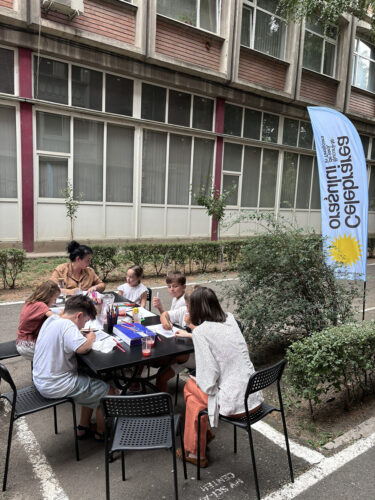
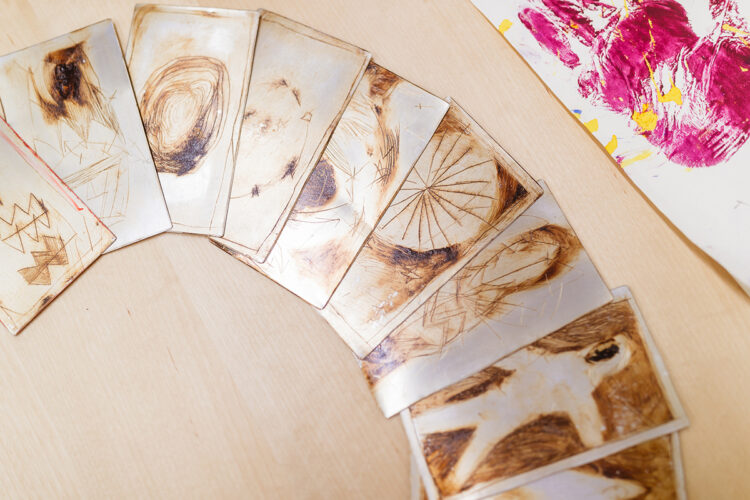
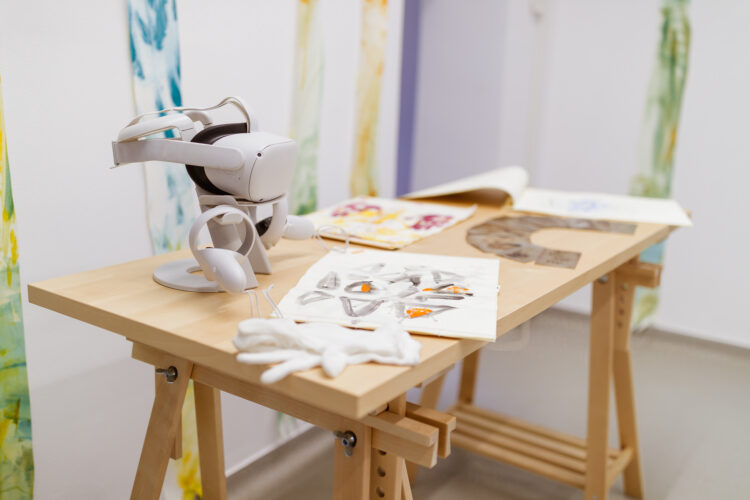
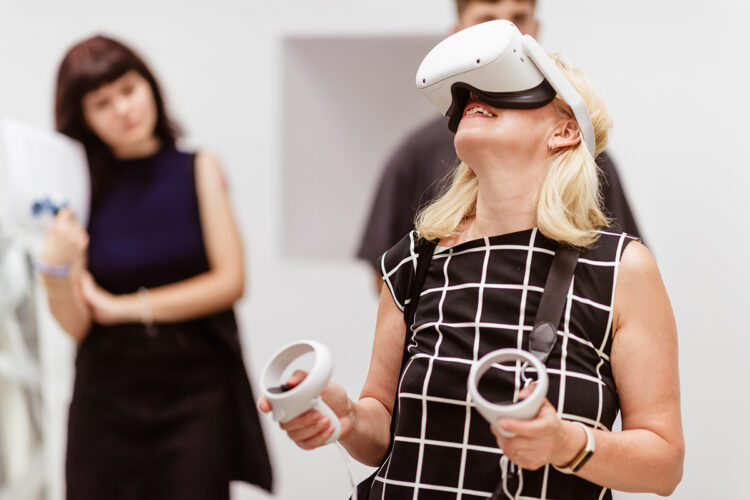
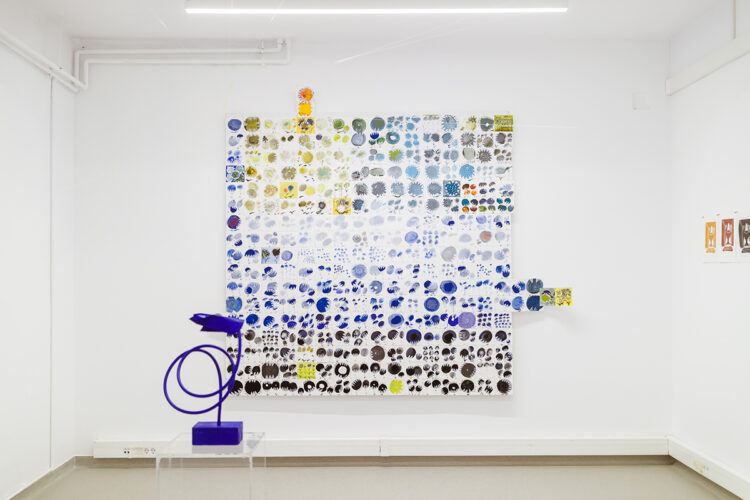
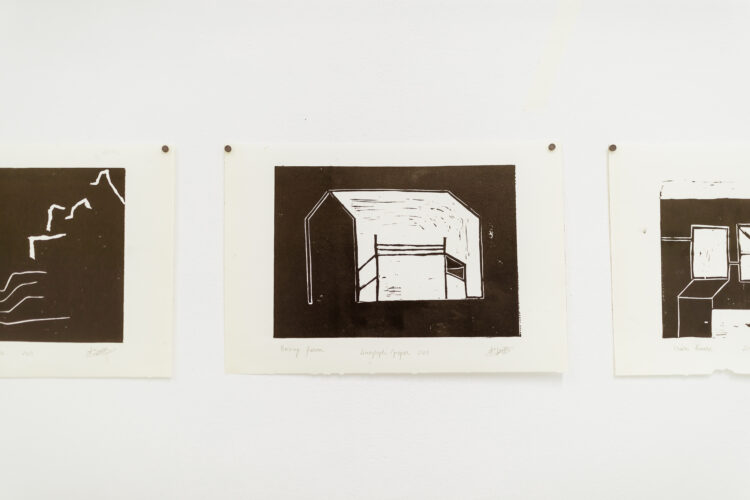
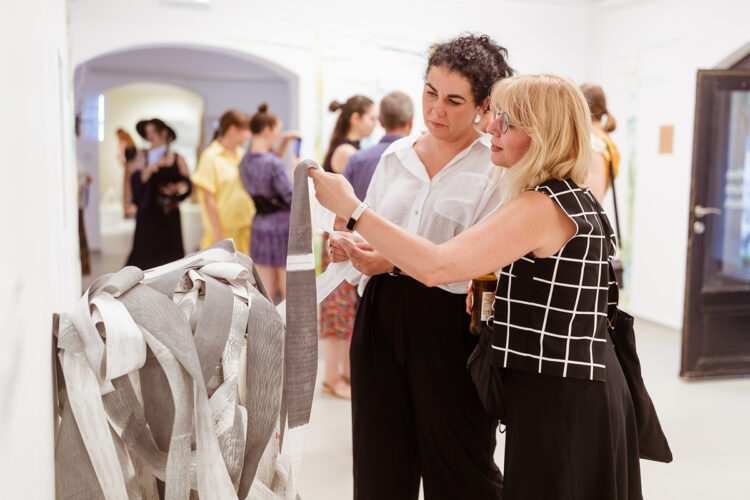
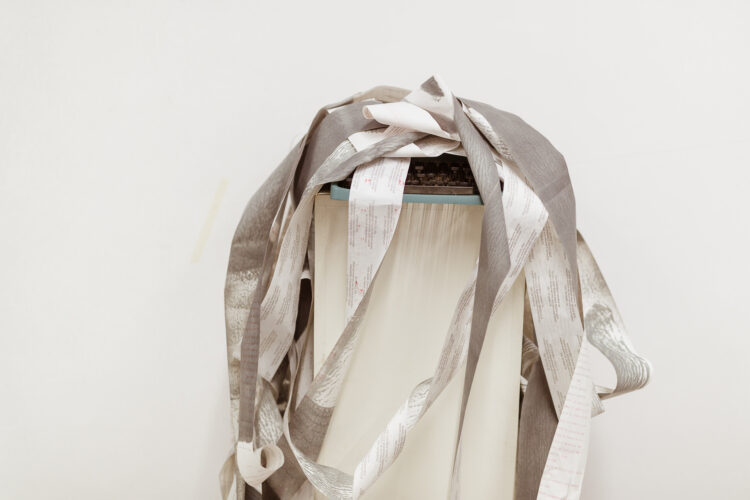
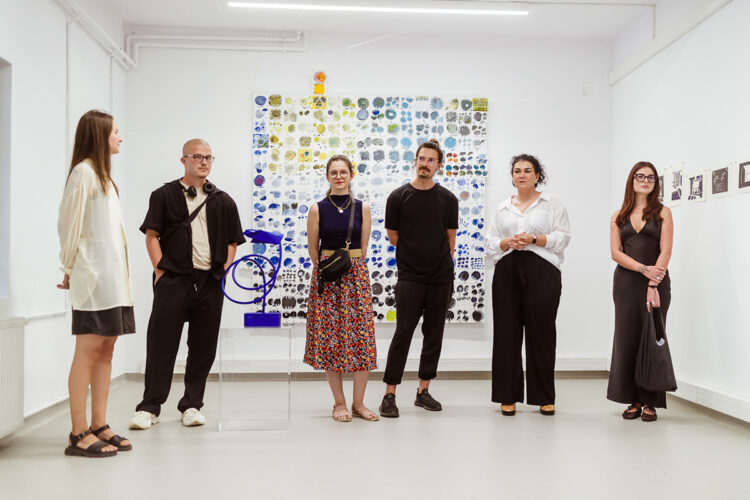
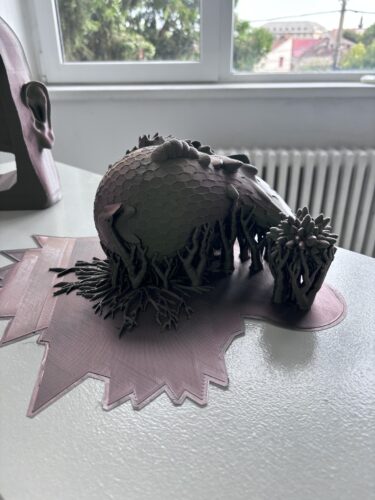
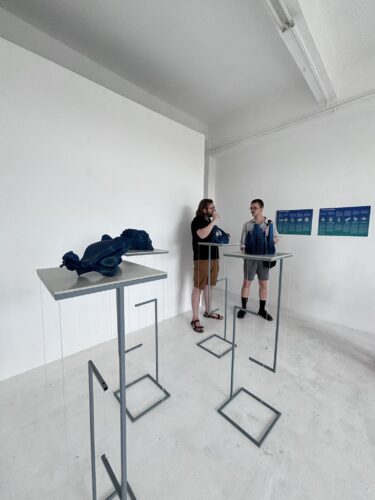
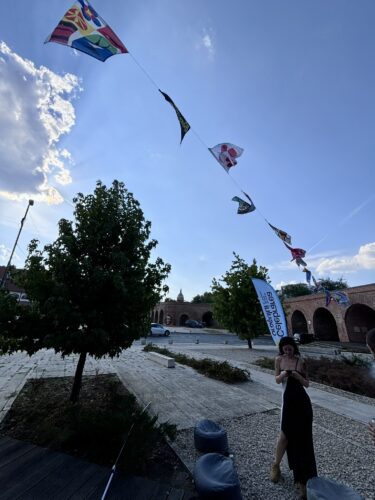
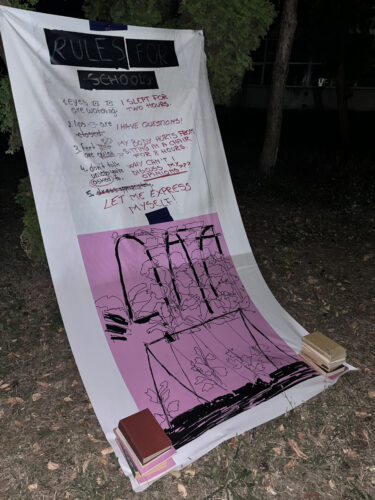
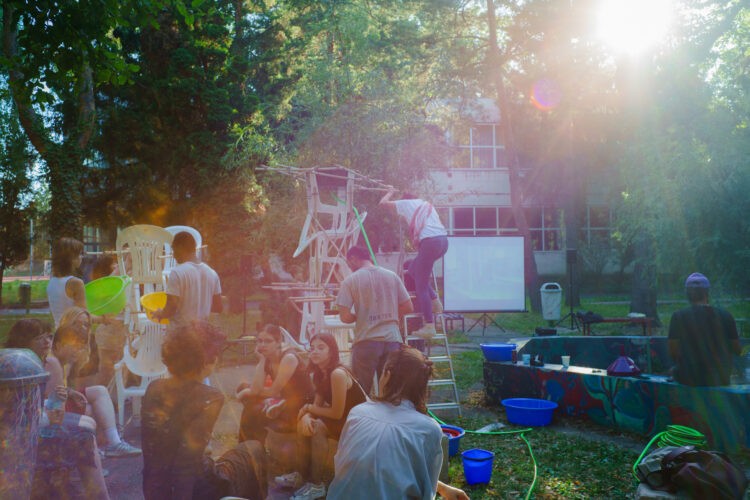
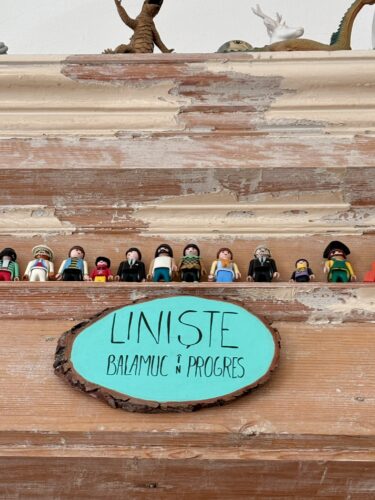
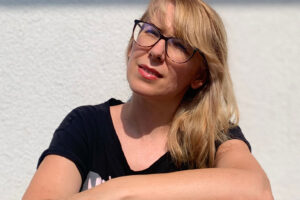
Comments are closed here.